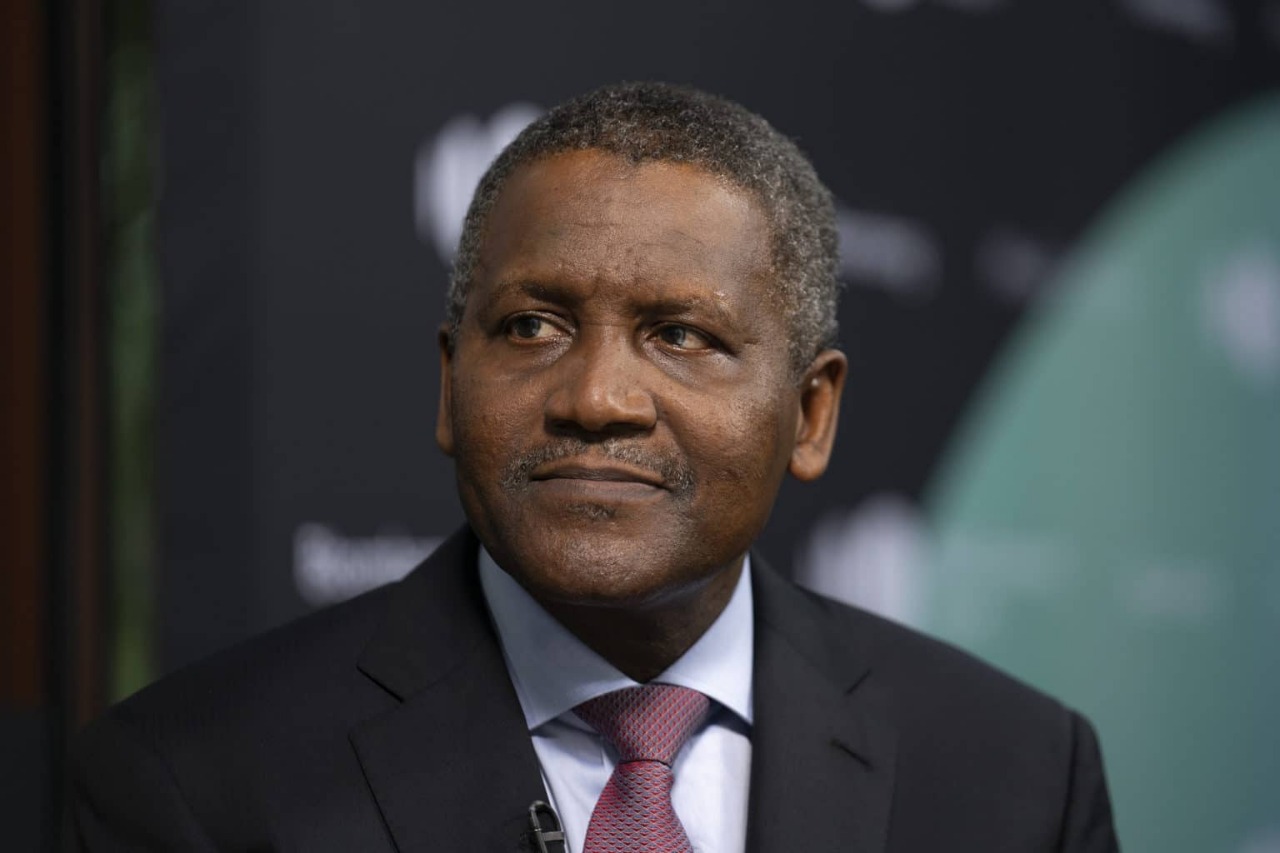Steve Jobs, born in February 1955, was an American business mogul and investor. He co-founded Apple with Steve Wozniak and was also a majority shareholder of Pixar, a subsidiary company of Walt Disney. He was forced out of Apple in 1985 by its then CEO John Sculley but returned to the company as its CEO in 1997.
On his return, Steve Jobs helped to revive Apple from the brink of bankruptcy with the development of a line of products that took the market by storm. These included the iMac, iTunes, iTunes Store, Apple Store, iPod, iPhone, App Store, and the iPad.
Unfortunately, Steve Jobs passed away on October 5, 2011 due to respiratory arrest related to a pancreatic neuroendocrine tumor. He is widely recognized as a pioneer not only in the tech industry but also in the music and mobile communications spaces.
On the tenth anniversary of his death, family, friends, and business associates poured touching tributes for the man who made Apple what it is today. Labour.Watch has compiled some of the tributes into ten crucial lessons you can learn from Steve Job’s legacy.
Let’s get right into it:
1. Follow your passion
At the age of 30, Steve Jobs was fired from the company he helped to found. The Apple board and CEO wanted him out. But he believed in his passion and went ahead to start NeXT- a software company, and Pixar- which created the world’s first computer-animated film (Toy Story).
NeXT would help Jobs get back to Apple as its CEO when Apple acquired the company in 1997. Without NEXT, Apple would not have reached its peak.
During his Stanford commencement speech, Steve Jobs reminded the students that “remembering that you are going to die is the best way I know to avoid the trap of thinking you have something to lose. You are already naked. There is no reason not to follow your heart.”
2. Don’t believe the prophets of doom
In 1987, Steve Jobs criticized Michael Dell, the founder of Dell Computers, for making “un-innovative beige boxes.” When he rejoined Apple, Michael Dell was asked what he would do if he was in Steve Job’s shoes, considering the troubles Apple was experiencing.
“I’d shut it down and give the money back to the shareholders,” Dell answered.
Nine years later, Apple closed the stock market with a higher market capitalization than Dell. Steve Jobs wrote an email to Apple employees.
It read, “Team, it turned out that Michael Dell wasn’t perfect at predicting the future. Based on today’s stock market close, Apple is worth more than Dell. Stocks go up and down, and things may be different tomorrow, but I thought it was worth a moment of reflection today. Steve.”
3. Trust the process
Jobs dropped out of college after just six months. At the time, he admitted, he had no idea what he wanted to do with his life and the future looked scary. But looking back, Jobs said dropping out of college was one of the best decisions he’s ever made in his life.
He then took up calligraphy classes at REEDS college. The skills he learned from the classes helped his company design the world’s most beautiful computer, the Macintosh. The typography is what differentiates the Apple computers from the other brands up to today.
Steve Jobs trusted that the dots would connect and things would work out. Surprise, they did!
4. Never exaggerate your value during negotiations
This is a lesson that CEO of iLike, Ali Partovi, learned painfully when he was negotiating the acquisition of his company by Apple. At the time, iLike was so popular among internet users and had over 60 million active users. It offered integration between Facebook, iTunes and Windows Media Player besides giving music recommendations to users.
Steve Jobs was interested in acquiring iLike to fend off pressure from record companies and Facebook. While the pitch went well, Partovi asked Jobs about the amount of the offer Apple was considering for iLike. When asked about iLike’s income, Partovi answered “Steve, I think we are worth at least three times that. What’s more, I know that we are worth three times that amount.” That was the end of the negotiations.
There’s a difference between believing what your worth should be and knowing what your real worth is, Partovi says.
5. Don’t believe in impossibilities
Steve Jobs was often thought to have unattainable dreams and goals. Close associates described him as a demanding perfectionist.
In 2011, he met with the then-president Barack Obama and complained about the shortage of software engineers in America. According to Jobs, any foreign engineering student in a US university should be automatically offered a green card. After the meeting, he said the president was very smart but kept giving reasons on why certain things couldn’t get done.
He said Obama only seeing the obstacles infuriated him.
6. Be practical
Despite not believing in impossibilities, Steve Jobs was practical.
American singer, John Mayer, once proposed the idea of making a vintage computer with vintage aesthetics.
Steve Jobs shot down the idea, telling Mayer that they would end up only selling 14 units if they produced such a computer.
7. Think ahead
When Steve Jobs founded The Graphics Group (later renamed Pixar), it partnered with Disney to produce the Toy Story. Towards the end of the deal with Disney, Jobs had a meeting with his other partners John Lasseter and Ed Catmull to inform them that they needed to reposition themselves if they were to get a better deal and more profits. Jobs wanted Pixar to be publicly listed so it would be in a better position to renegotiate with Disney.
The two partners were hesitant about going public, saying it was a little too early and they needed to prove their worth first. He, however, convinced them to go ahead with the listing.
Walt Disney went on to purchase Pixar for $7.4 billion and Steve Jobs became Walt Disney’s largest individual shareholder with around seven percent shareholding.
8. Throw tantrums, if you have to
After becoming the CEO of PepsiCo, Indra Nooyi had a meeting with Steve Jobs. His piece of advice to her?
“If design is important to you, it has to report to you because it’s a new skill that you have to build in the company. “
He also told her that “if you really feel strongly about something and you don’t like something people are doing, throw a tantrum. Throw things around because people have got to know you feel strongly about it.’
These were confirmed when she talked to his agency partners. They told her that he would throw the papers across the room whenever he was shown a campaign or product design he didn’t like.
9. Start over again after failing
When Steve Jobs was fired from Apple, he felt crushed. Building Apple had been the focus of his entire life. He described the event as devastating and didn’t know the next steps to take for a few months. According to him, he felt that he had let entrepreneurs down.
But it dawned on him that he had to start over. Being rejected didn’t mean the end of the world for him. It was during that period that he started two companies that would experience immense success- NeXT and Pixar, leading to their acquisitions by Apple and Walt Disney respectively.
10. Know the limits
Steve Jobs founded one of the most successful tech companies in the world. Ironically, he never let his own children use the same products his company was putting out into the market. Reason for this? He believed technology was addictive and he had to limit his children’s access to them.
Walter Isaacson, the author of the Steve Jobs biography, said, “Every night Steve insisted on dining at the big kitchen table, talking about books, history and a variety of other things. Nobody ever took out an iPad or a computer. The kids didn’t seem addicted to the devices.”
Do you suddenly feel like putting your phone down and grabbing a book?
Bonus lesson: Believe in love at first sight
Steve Jobs met his wife, Laurene Powell, while giving a lecture at the Stanford Graduate School of Business where she was a student. Jobs said he couldn’t take his eyes off her and kept losing his train of thought. She made him feel a little giddy, so he asked her out to dinner after the lecture.
The couple got married on March 18, 1991.











